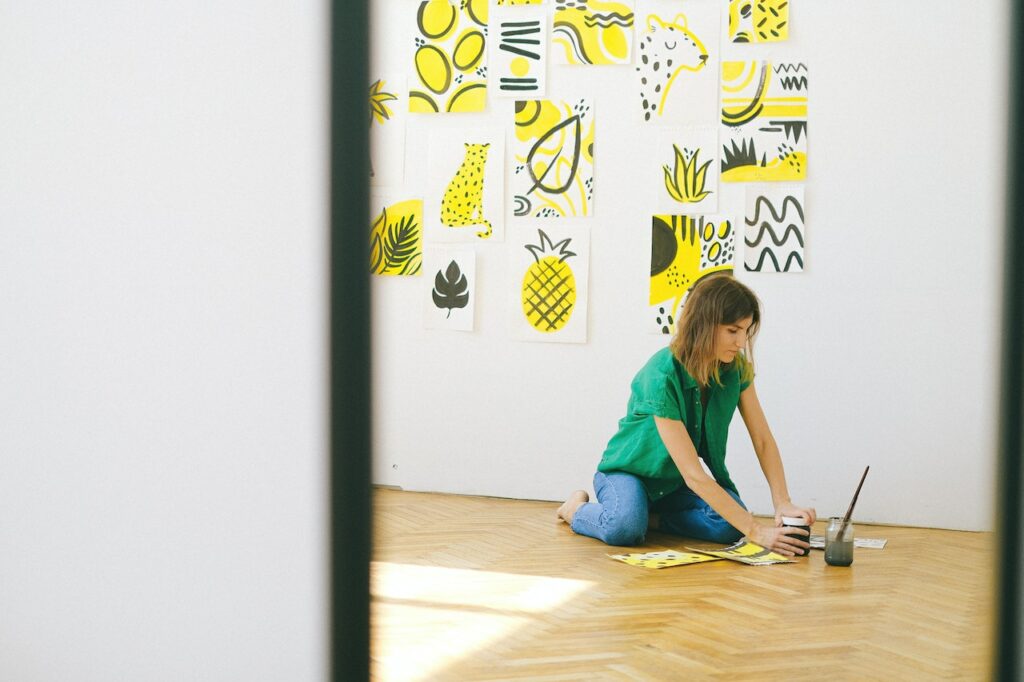
Exploring the Boundaries of Artistic Expression: How Dissertations from the School of Art Provide Help and Guidance
Artistic expression is an ever-evolving field that encompasses a wide spectrum of mediums, techniques, and concepts. Dissertations from the School of Art can provide invaluable insights into the various dimensions of artistic expression, guiding artists and enthusiasts alike. This article examines how these dissertations contribute to understanding and exploring the boundaries of art. In particular, this article outlines how dissertations from the School of Art delve deep into what it means to create art and how some of the major debates surrounding artistic expression continue today. Additionally, this article looks at how the School of Art’s dissertations have informed contemporary art and how some of the dissertations provide valuable lessons and direction for future students and artists. Finally, this article conveys the tangible and intangible benefits of engaging with dissertations from the School of Art, suggesting that these dissertations can be an invaluable source of inspiration and guidance.
Unveiling Historical Contexts and Evolution of Art Forms
One of the most valuable contributions of dissertations is the detailed exploration of historical contexts and the evolution of different art forms. By delving into the origins, growth, and transformations of art over time, dissertations create a bridge between past traditions and contemporary practices.
For instance, a dissertation examining the development of abstract expressionism could offer insights into the social, political, and cultural factors that contributed to the emergence of this movement. Such knowledge is indispensable for artists seeking to understand and build upon historical art forms.
Analyzing Techniques and Mediums in Artistic Expression
Art encompasses an array of techniques and mediums, from classical oil painting and sculpture to digital art and mixed media installations. Dissertations often involve an in-depth analysis of specific techniques or mediums, providing technical knowledge, best practices, and innovative approaches.
For example, a dissertation focused on digital art may analyze software tools, techniques for creating textures, or the integration of traditional elements. These insights can serve as a guide for aspiring artists and professionals looking to refine their skills or explore new mediums.
Exploring Themes and Concepts in Art
Art is often driven by themes and concepts that give it depth and meaning. Dissertations from the School of Art can provide a deeper understanding of various themes prevalent in art, such as identity, social issues, surrealism, or nature.
For example, a dissertation exploring art as a tool for social commentary might analyze artworks that have addressed issues like racism, gender equality, or environmental conservation. Understanding these themes and how they are conveyed through art can help artists develop more impactful and thought-provoking works.
Evaluating the Impact of Art in Society
Art is not created in a vacuum; it interacts with society and can have a profound impact. Dissertations that evaluate the role and impact of art in society can provide insights into how art communicates, influences opinions, and even drives change.
For instance, a dissertation examining the role of street art in urban communities might investigate how it contributes to community identity, or how it can be used as a form of protest. Such research can help artists, policymakers, and community leaders understand the potential of art as a social instrument.
Navigating the Intersection of Art and Technology
In an increasingly digital world, the intersection of art and technology is a burgeoning field. Dissertations that explore this intersection provide insights into how technology can be used to expand the boundaries of artistic expression.
For example, a dissertation might explore the possibilities of virtual reality in art, or how algorithms can be used to create generative art. This research can be particularly valuable for artists seeking to embrace technology in their work, and for technologists looking to understand the artistic applications of their innovations.
In conclusion, dissertations from the School of Art serve as a treasure trove of knowledge, insights, and guidance for anyone interested in the world of art. By illuminating historical contexts, analyzing techniques, exploring themes, evaluating societal impact, and navigating the confluence of art and technology, these academic works help to shape the understanding and evolution of artistic expression. They empower artists to push the boundaries, engage with society, and contribute to the rich tapestry of human creativity.